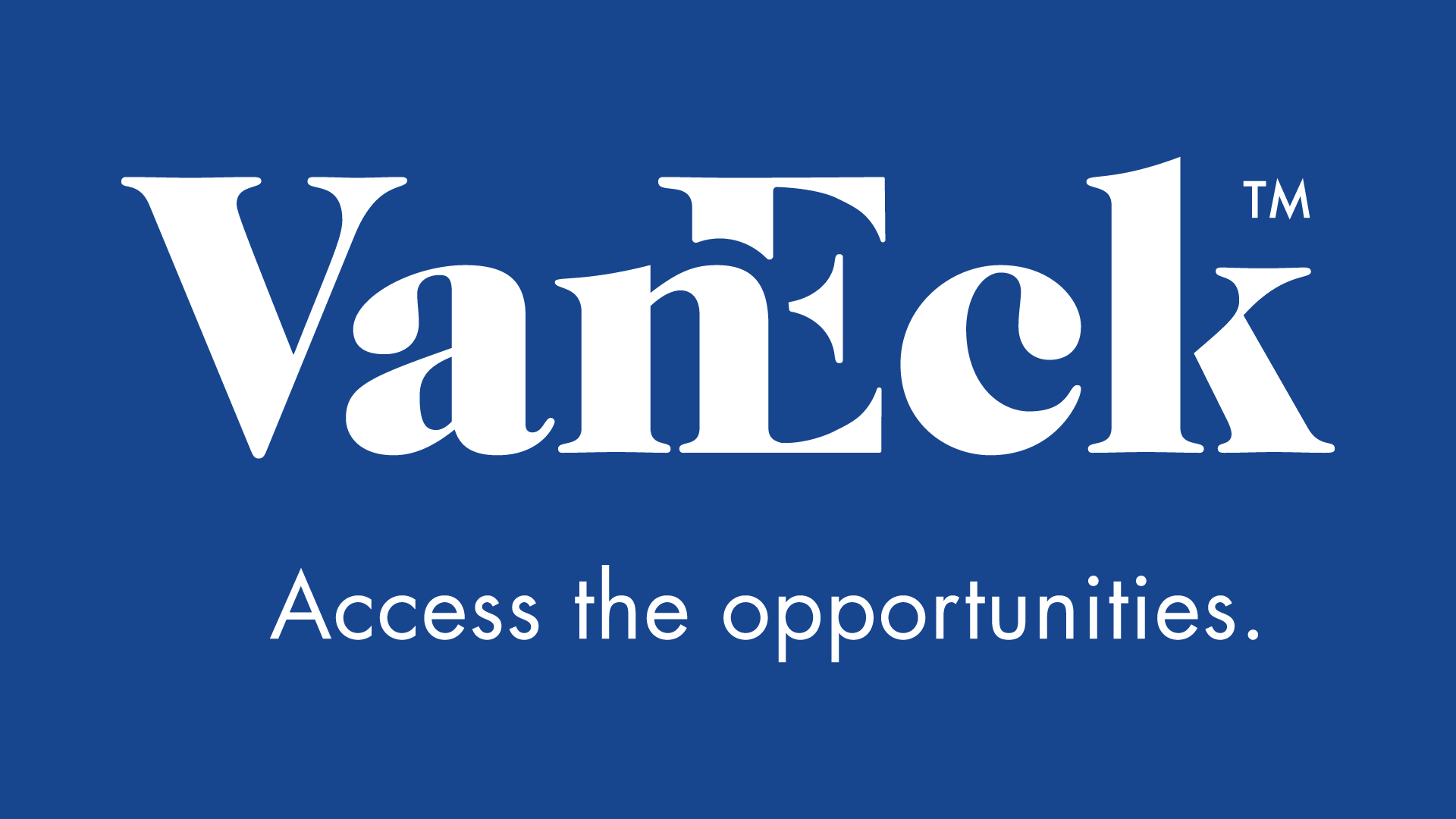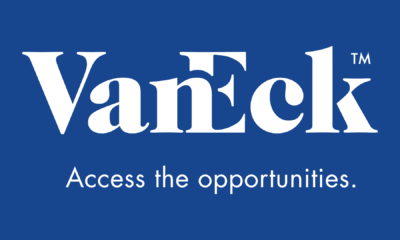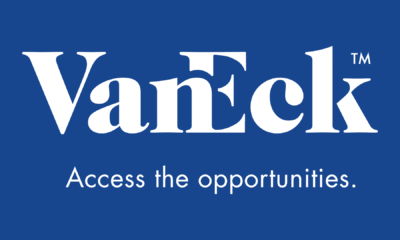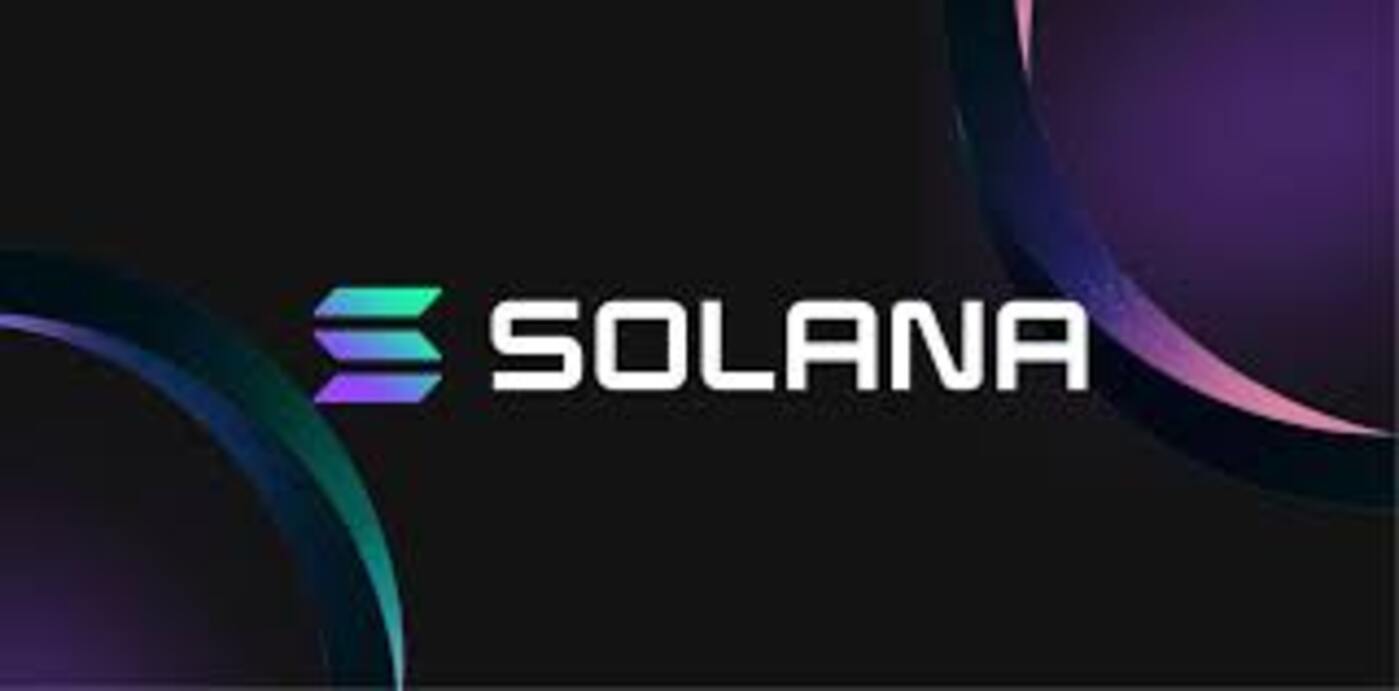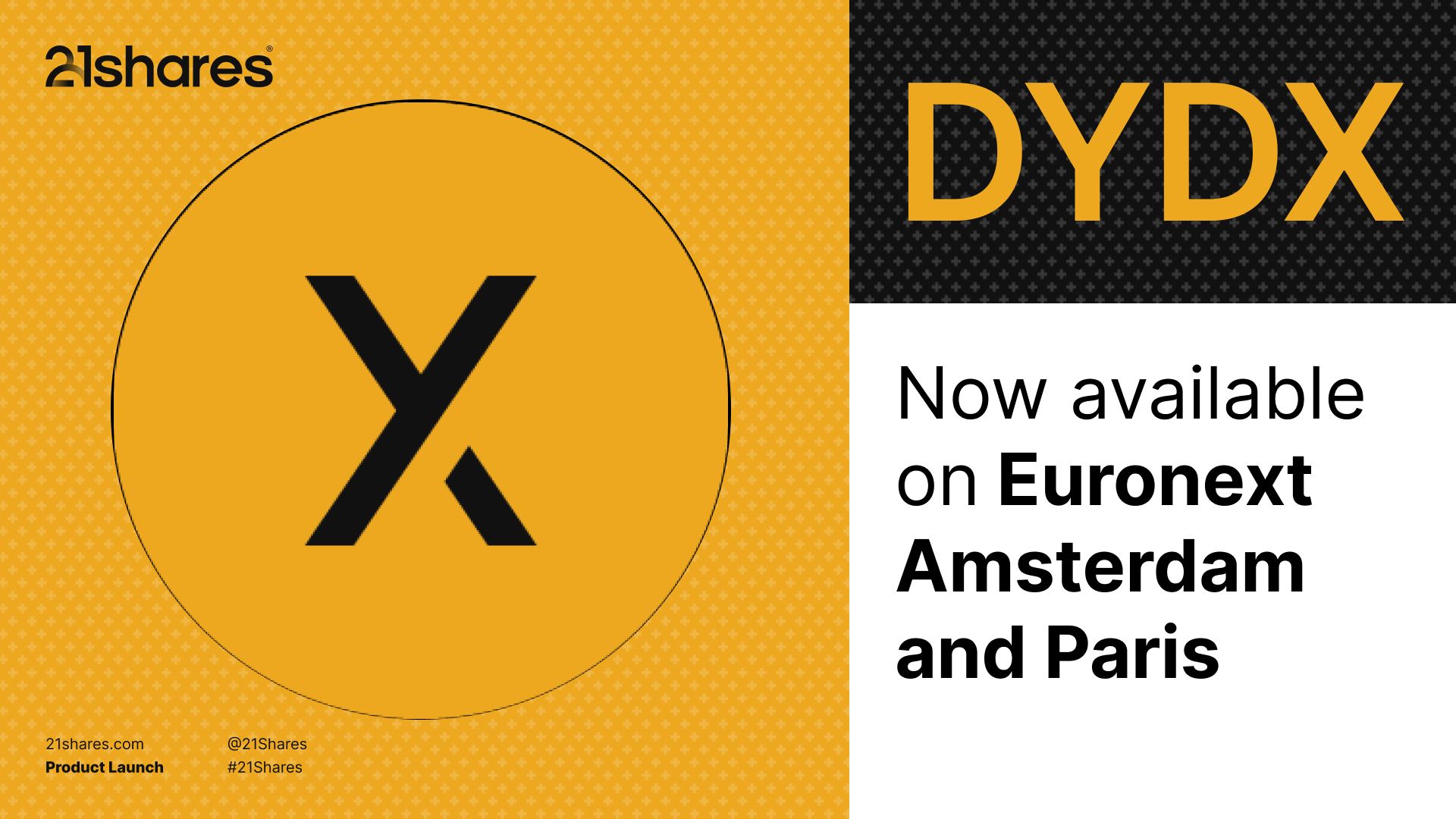VanEck to Acquire Dutch ETF Issuer, Think ETF Asset Management B.V., to Further Expand its Product Offerings in Europe. Number of VanEck-sponsored UCITS-ETFs available in Europe will rise from 6 to 20 The Netherlands joins VanEck’s core European markets, which also include Germany, Switzerland, United Kingdom, and Italy
Global asset manager VanEck is acquiring the Dutch ETF issuer, Think ETF Asset Management B.V. (“Think”), who manages the sub-funds of ThinkCapital ETF’s N.V. VanEck signed the share purchase agreement on Friday with the prior owners of Think—BinckBank N.V., Flow Traders N.V., and the senior management of Think.
Think’s senior management will retain a minor stake in the company, with the rest to be owned by VanEck. Berkshire Capital advised the selling shareholders on this transaction.
Pending approval by the relevant supervisory authorities, this acquisition is expected to be completed later this year.
VanEck, founded and headquartered in New York, currently has assets under management of approximately USD 46 billion and is among the ten largest ETF issuers in the U.S. In recent years, Europe has been a significant focus for the firm. Think, founded and headquartered in Amsterdam, currently has assets under management of approximately 1.5 billion euros.
“ETFs have seen significant uptake from the investment community in Europe over the past several years, and there are events on the horizon that appear likely to spur an even greater migration of assets to the ETF structure in European markets. As this unfolds, we are very excited to bring the Think team and their innovative product offerings into the VanEck fold,” said Jan van Eck, CEO of VanEck. “We are pleased to add Think’s ETF offerings, together with its knowledge and experience, as we continue to build on our efforts in Europe.”
VanEck has European offices in Frankfurt, Germany, and Pfäffikon, Switzerland, and its UCITS-ETFs are available in a number of European countries. Its largest UCITS ETF is currently the VanEck Vectors Gold Miners UCITS ETF (GDX).
“In the Netherlands, as elsewhere in Europe, private and institutional investors are becoming increasingly aware of the advantages that ETFs offer,” explained Martijn Rozemuller, one of the two managing directors of Think. “The next few years look to be especially transformative and may spur ever greater investor interest in the ETF category. Working with an established global ETF leader like VanEck is very exciting for us, and we are eager to add our thoughts, products, and ideas to VanEck’s efforts to grow its European reach.” Gijs Koning, the other managing director of Think, added: “Think is a powerful ETF platform that has built a strong brand and asset base in the Netherlands. We look forward to what our joint efforts with VanEck will mean for investors in our home market and across Europe.”
Press Contact:
Jörg Schüren
Senior Consultant, Head of Investment Communications
Edelman.ergo
Tel.: +49 (0)221 912887-29
E-mail: teamvaneck@edelmanergo.com
About VanEck
VanEck’s mission is to offer investors forward-looking, intelligently designed investment strategies that take advantage of targeted market opportunities. Founded in 1955, the firm is a pioneer in global investing with a history of placing clients’ interests first in all market environments. Today, VanEck continues this tradition by offering active and passive investment portfolios in hard assets, emerging markets equity and debt, precious metals, fixed income, and other alternative asset classes. VanEck Vectors exchange-traded products are one of the largest ETP families in the world, managing more than 70 funds that span a range of sectors, asset classes, and geographies. VanEck manages approximately USD 46 billion in assets, including mutual funds, ETFs, and institutional accounts.

 Nyheter2 veckor sedan
Nyheter2 veckor sedan
 Nyheter3 veckor sedan
Nyheter3 veckor sedan
 Nyheter3 veckor sedan
Nyheter3 veckor sedan
 Nyheter3 veckor sedan
Nyheter3 veckor sedan
 Nyheter2 veckor sedan
Nyheter2 veckor sedan
 Nyheter3 veckor sedan
Nyheter3 veckor sedan
 Nyheter2 veckor sedan
Nyheter2 veckor sedan
 Nyheter3 veckor sedan
Nyheter3 veckor sedan
